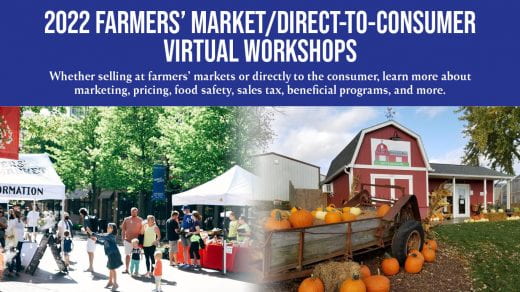The Partnership for Food Safety Education recently presented a webinar on creating videos with food safety content.
To follow up, the information presented and more can be found at www.saferecipeguide.org which includes the webinar recording, a style guide for creating videos, and a food safety stock library to help enhance your videos.
Studies have shown that when people are given basic food safety instructions, they are more likely to follow them and improve safe food handling behaviors. Whether in print or video, these tips can make a change!
See examples on how to incorporate food safety tips into recipes at www.fightbac.org/saferecipes/.
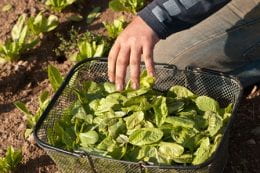 A gardening favorite to plant in the spring is leafy vegetables such as lettuce, spinach, arugula, and many others. They provide a lot of crunch and color to any meal. Packed with nutrients, they can help protect you from some chronic diseases.
A gardening favorite to plant in the spring is leafy vegetables such as lettuce, spinach, arugula, and many others. They provide a lot of crunch and color to any meal. Packed with nutrients, they can help protect you from some chronic diseases.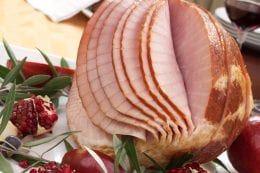
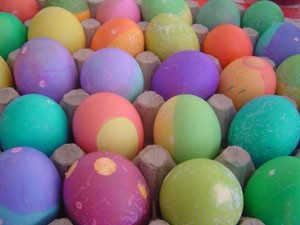 Sometimes eggs are decorated, used as decorations, and hunted at Easter. Here are some safety tips.
Sometimes eggs are decorated, used as decorations, and hunted at Easter. Here are some safety tips.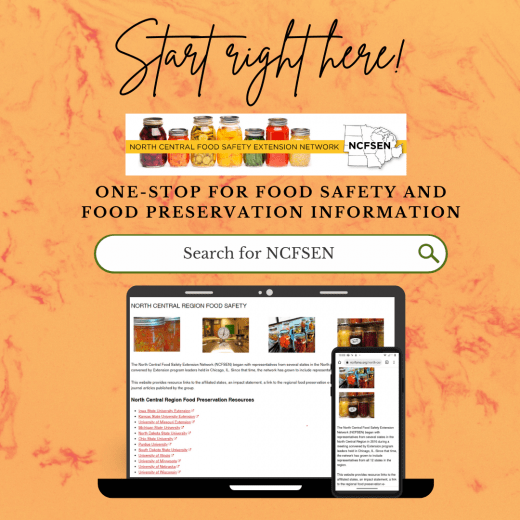
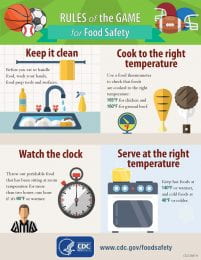 Football fans are excited to see who will be in this year’s Big Game. Start planning now for your gameday party and remember these food safety tips for a touchdown!
Football fans are excited to see who will be in this year’s Big Game. Start planning now for your gameday party and remember these food safety tips for a touchdown!